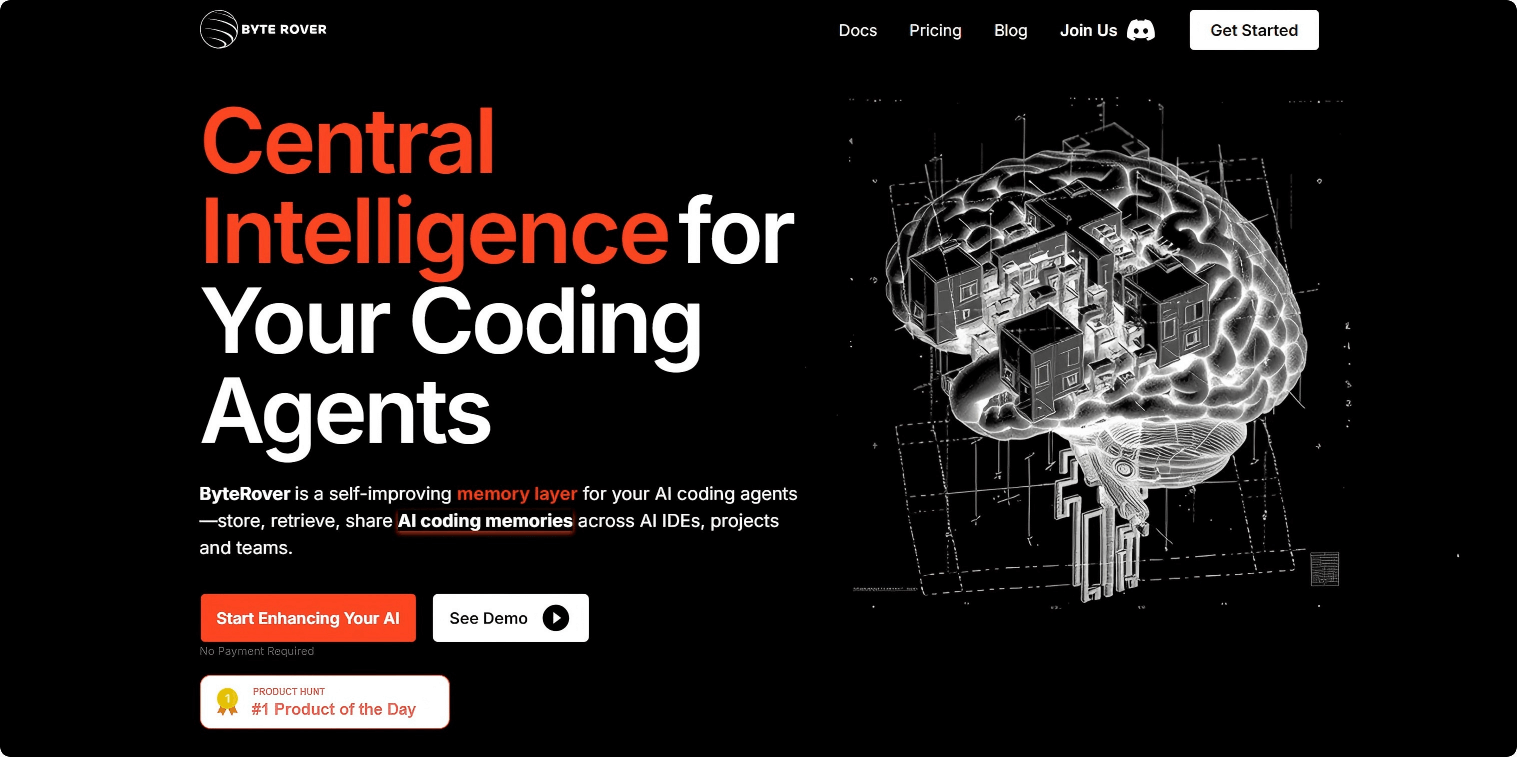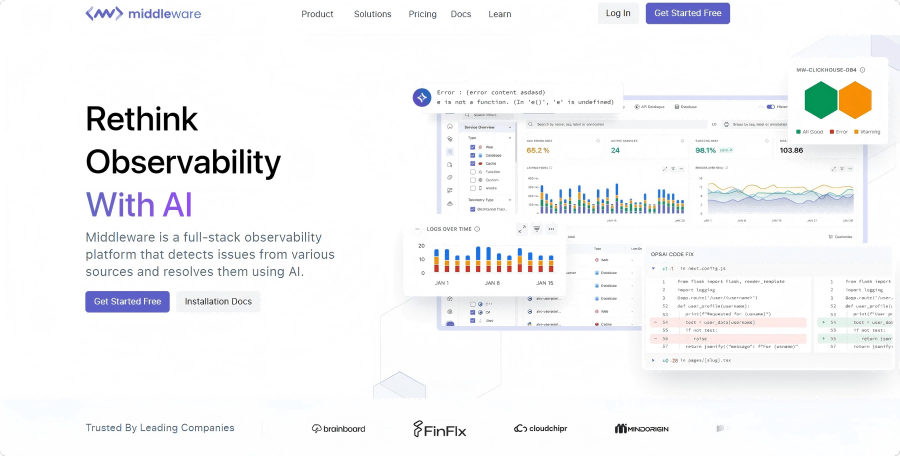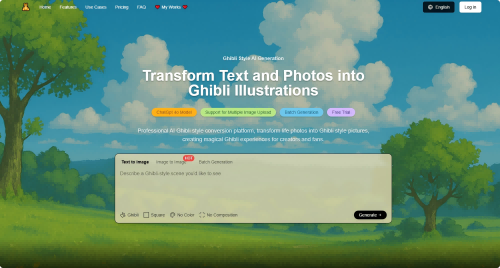Qwen VLo – A Multimodal Unified Understanding and Generation Model by Tongyi Qianwen
What is Qwen VLo?
Qwen VLo is a unified multimodal understanding and generation model developed by the Qwen (Tongyi Qianwen) team. Building on large multimodal models, it has been comprehensively upgraded to “understand” the world and recreate it based on that understanding—achieving a leap from perception to generation. It precisely interprets image content and produces high-quality, semantically consistent outputs based on natural language instructions. Users can request style transfers, scene reconstructions, or detailed edits via prompts, and the model flexibly responds with accurate results. Qwen VLo supports multilingual input, breaking language barriers to offer a seamless global user experience. It also features dynamic resolution training and generation, enabling it to handle any image resolution or aspect ratio for diverse use cases.

Key Features of Qwen VLo
-
Accurate Content Understanding & Recreation:
Qwen VLo deeply understands image content and maintains semantic consistency during generation. For example, when given a photo of a car and instructed to “change its color,” the model accurately identifies the car type and structure while naturally modifying its appearance. -
Open-Ended Editing via Instructions:
Users can issue creative instructions like “convert this image to Van Gogh style” or “add a sunny sky.” Qwen VLo handles tasks such as artistic style transfer, scene reconstruction, and fine detail enhancement—even executing multiple edits in a single command. -
Multilingual Instruction Support:
The model supports various languages including Chinese and English, providing a user-friendly interface for global users. -
Dynamic Resolution Generation:
Through dynamic resolution training, Qwen VLo supports image generation in any resolution or aspect ratio, making it suitable for posters, illustrations, website banners, and more. -
Progressive Generation Mechanism:
Qwen VLo generates images gradually from left to right, top to bottom, allowing real-time preview and interactive adjustment for flexible and controllable creativity. -
Image Detection and Annotation:
Capable of tasks like object detection, segmentation, and edge detection on input images. -
Text-to-Image Generation:
Supports generating images directly from text descriptions, including general visuals and bilingual posters.
Technical Principles of Qwen VLo
Model Architecture:
-
Visual Encoder:
Uses a Vision Transformer (ViT) to divide the image into fixed-size patches and convert them into feature sequences. For dynamic resolution, it replaces absolute position embeddings with 2D-RoPE (2D Rotary Position Embedding) to capture spatial information. -
Input Projector:
A single-layer cross-attention module compresses the visual features to a fixed length (e.g., 256 tokens) for efficiency, while preserving spatial positions with absolute encoding. -
Large Language Model (LLM):
Based on Qwen-7B, it handles language inputs and integrates visual semantics with textual prompts. -
Output Projector:
Maps the LLM’s output to a feature space understandable by the image generator, typically via a transformer or MLP layer. -
Modality Generator:
Built on a variant of Latent Diffusion Models (LDM), it generates the final visual output.
Dynamic Resolution Mechanism:
-
Dynamic Visual Tokenization:
Adjusts the number of visual tokens based on input image resolution, avoiding downscaling that may cause information loss. -
Smart Resizing:
During inference, images are resized to dimensions that are multiples of 28 while preserving the aspect ratio to prevent distortion. -
Token Compression:
Uses an MLP to compress adjacent 2×2 tokens into one, reducing the length of visual sequences.
Training Process:
-
Stage 1 – Large-Scale Single-Task Pretraining:
Uses large-scale image-text pairs with 224×224 images to align the visual encoder with the language model. -
Stage 2 – Multi-Task Pretraining:
Trains on higher resolution (448×448) images and includes various vision and language generation tasks to improve multimodal capabilities. -
Stage 3 – Instruction Fine-Tuning (SFT):
Uses curated multimodal dialogues (human-labeled and model-generated) to enhance instruction-following and conversational skills.
Progressive Generation:
Qwen VLo constructs images step-by-step, refining the content progressively. This approach supports better control in long-form image generation tasks and allows users to adjust generation in real-time.
Multimodal Fusion:
The model fuses visual and language features to process multimodal inputs uniformly, enabling tasks such as editing, style transfer, and image creation based on user prompts in multiple languages.
How to Use Qwen VLo
-
Visit Qwen Chat:
Go to the official Qwen Chat platform. -
Upload Image or Input Text:
Either upload an image or enter a textual prompt. -
Issue a Command:
Use natural language to give instructions like “change to Van Gogh style” or “add a sunny sky.” -
View the Result:
The model generates or edits the image according to the prompt and displays the result.
Application Scenarios of Qwen VLo
-
Image Editing & Generation:
Transforms images between different styles (e.g., cartoon to realistic). -
Visual Question Answering (VQA):
Answers questions about image content, such as scene descriptions or object identification. -
Document Parsing:
Analyzes image-based documents (e.g., scanned pages or image PDFs) and identifies text, tables, and visual elements. -
Text Recognition & Information Extraction:
Recognizes text and formulas from images, or extracts information from receipts, IDs, or forms. -
Video Understanding:
Analyzes video content to locate events, generate timestamps, or summarize key moments. -
Creative Design:
Provides powerful tools for designers, marketers, and educators to quickly generate creative outputs like posters and illustrations.
Related Posts




